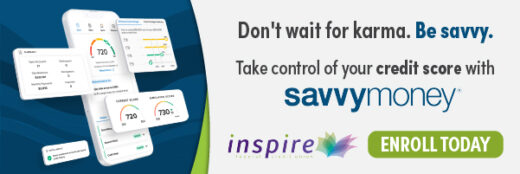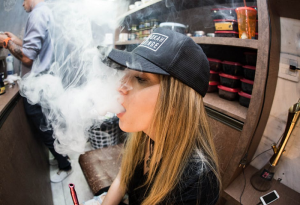New data suggest that vaping isn’t a passing fad: Teenagers across the country are doing it in record numbers.
More than one-third — or 37.3 percent — of 12th-graders reported vaping at least once in the past 12 months, according to a survey released Monday by the National Institute on Drug Abuse. That’s an increase of nearly 10 percentage points over 2017, when 27.8 percent of high school seniors reported vaping.
The students surveyed said they had vaped nicotine, marijuana or simply flavoring. Researchers say it’s unclear whether teens know what’s in their vape, and that some may be misguided about vaping only “flavoring.”
The findings are “a remarkable wake-up call for public health officials, and for parents and communities who are responsible for raising healthy children,” said Dr. Wilson Compton, the deputy director of the institute, which funded the survey.
The nationwide data also showed that the number of high school seniors who reported vaping nicotine within the previous 30 days nearly doubled from 11 percent in 2017 to 20.9 percent this year.
Data from the 2017 Pennsylvania Youth Survey found that 19.5 percent of Bucks County students between grades 6 and 12 had vaped in the past 30 days. That majority of those who have used a vape in the past 30 days were high school-aged, with 37.1 percent of 12th graders admitting to using a vape in a 30 day period.
E-cigarettes, also known as vapes, are battery-operated devices that heat nicotine-laced liquid to generate an aerosol that users inhale. The liquids come in kid-friendly flavors — from watermelon to the more exotic “unicorn puke” — that release fruity and sweet vapors, making e-cigs easier to disguise than traditional cigarettes.
While the vape industry insists that its products are only for — and advertised to — adults, teens can easily get their hands on them.
Health experts fear that the high nicotine content of vaping liquids can be extremely addictive for teenagers and ultimately lead them to traditional cigarettes. Nicotine is known to raise blood pressure and has been linked to heart disease.
“We know that nicotine affects brain development,” said Stanton Glantz, a professor of medicine and director of the Center for Tobacco Control Research and Education at University of California-San Francisco who was not involved in this study.
The heated e-liquids, he added, “tear up your lungs.”
Researchers at the University of Michigan in Ann Arbor, who conducted the annual survey, asked 44,482 students from 392 private and public schools across the country about their use of tobacco, opioids, marijuana and alcohol.
They found that the use of traditional cigarettes is still at a record low, with 3.6 percent of high school seniors smoking daily, compared with 22.4 percent two decades ago. Teenage opioid use is also decreasing: 3.4 percent of seniors reported using prescription opioids in 2018, down from 4.2 percent in 2017 — and significantly lower than its peak of 9.5 percent in 2004.
Alcohol use and binge drinking also continue to decline among teens, according to the survey.
Vaping is the outlier.
The steady decline in teens’ use of other drugs makes the growth in vaping all the more concerning, Compton said. “It’s really important that we keep an eye on this.”
In response to this trend, hundreds of cities, towns and counties across the country are restricting the sale of flavored tobacco products, including vape liquids.,
The vape craze exploded when the Juul, an electronic cigarette brand with a sleek design resembling a flash drive, started popping up on school campuses. Students even take hits from their Juuls in class or school restrooms.
In vapes like the Juul, nicotine comes in “pods” or cartridges in flavors such as mango, cucumber and crème. Other e-cigarettes use “e-juice” or nicotine liquids that not only come in appealing flavors but are often packaged to look like candy.
“Our intent was never to have youth use Juul products,” said company spokesman Ted Kwong. Juul has taken steps to reduce teenage vaping, he said, such as ending the sales of certain flavored pods at retail stores starting last month, strengthening the age verification process on its website and eliminating its Facebook and Instagram accounts.
Twenty-four California counties or cities have restricted the sale of these products, according to the Campaign for Tobacco-Free Kids. In Massachusetts, 136 communities have restrictions on the sales of flavored tobacco. In Minnesota, nine communities do. Chicago bans sales of flavored tobacco products within 500 feet of schools.
Kaiser Health News (KHN) is a national health policy news service. It is an editorially independent program of the Henry J. Kaiser Family Foundation which is not affiliated with Kaiser Permanente.









